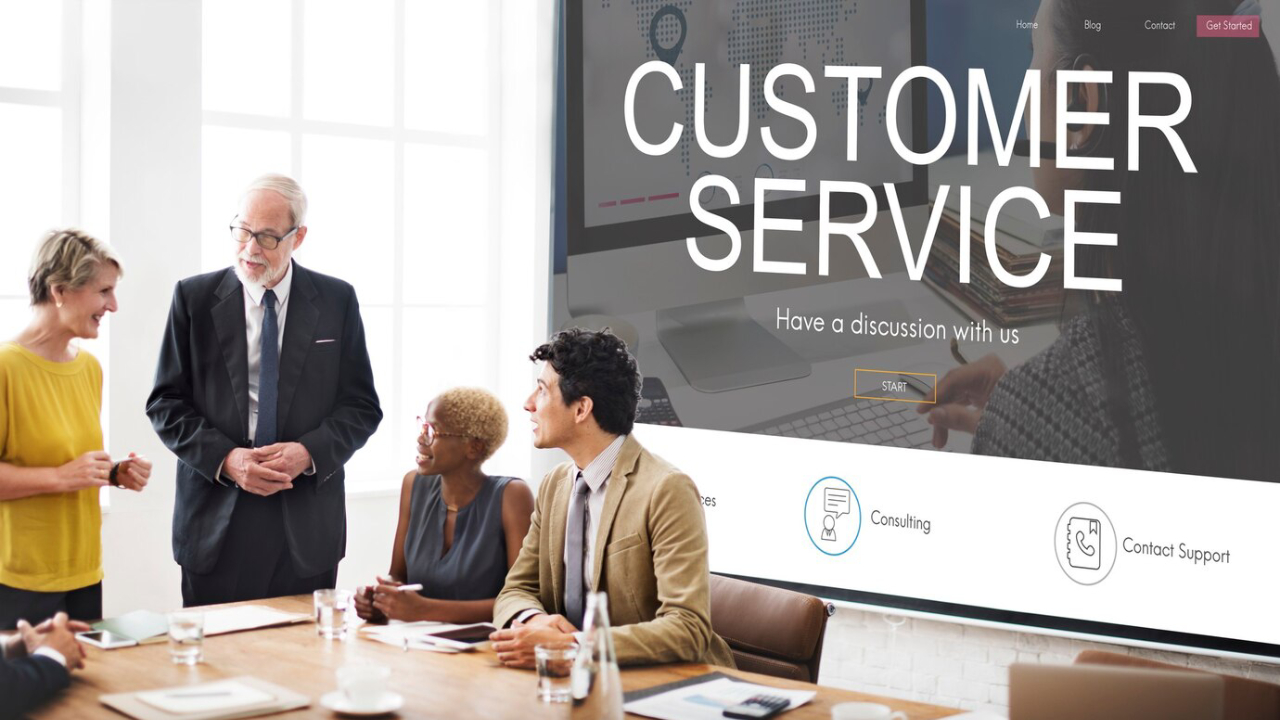The financial services industry is undergoing a significant transformation, driven by technological advancements, evolving customer expectations, and regulatory pressures.
To remain competitive, financial firms must embrace tools that streamline operations, enhance customer experiences, and ensure compliance.
FinCRM, a specialized Customer Relationship Management (CRM) solution for the financial sector, is poised to play a pivotal role in shaping the future of financial services.
This article explores how integrating FinCRM into your workflow can future-proof your financial business, improve efficiency, and drive sustainable growth.
Why the Financial Services Industry Needs Transformation
The financial landscape faces challenges that demand innovation and adaptability:
- Increasing Competition: New fintech startups and digital banking solutions are reshaping the market.
- Rising Customer Expectations: Clients demand personalized, fast, and seamless financial services.
- Regulatory Pressures: Stricter compliance requirements necessitate robust tools to manage data and reporting.
- Technological Evolution: Emerging technologies like AI Recruitment and blockchain are redefining industry standards.
To address these challenges, financial institutions must leverage advanced CRM solutions like FinCRM.
What is FinCRM?
FinCRM is a CRM platform designed specifically for financial institutions, offering tailored features that cater to the unique needs of the industry. From compliance management to advanced analytics, FinCRM provides tools that streamline operations, enhance client relationships, and ensure regulatory adherence.
Key Features of FinCRM for the Future of Financial Services
1. Centralized Client Management
- Consolidates client data, including financial histories, communication records, and transaction details, into a single platform.
- Enables quick access to critical information, improving response times and decision-making.
- Eliminates data silos across departments.
2. Workflow Automation
- Automates repetitive tasks such as client onboarding, appointment scheduling, and follow-ups.
- Reduces errors associated with manual processes.
- Enhances productivity by allowing teams to focus on strategic activities.
3. Advanced Analytics and Insights
- Provides real-time analytics for tracking client engagement, revenue growth, and investment performance.
- Utilizes predictive modeling to identify trends and opportunities.
- Supports data-driven decision-making for better financial strategies.
4. Compliance and Risk Management
- Automates KYC (Know Your Customer) and AML (Anti-Money Laundering) processes.
- Tracks and records client interactions for audit readiness.
- Ensures adherence to regulatory standards like GDPR.
5. Client Segmentation and Personalization
- Segments clients based on demographics, financial goals, and risk appetite.
- Enables tailored marketing campaigns and personalized service delivery.
- Improves client retention through targeted engagement.
6. Seamless Integration
- Connects with financial planning software, accounting tools, and email platforms.
- Ensures smooth data flow and reduces redundancies.
- Supports existing workflows without disrupting operations.
7. Mobile Accessibility
- Offers mobile applications with full functionality for managing tasks on the go.
- Provides offline access for uninterrupted productivity.
- Sends push notifications for timely updates and reminders.
8. Collaboration Tools
- Facilitates teamwork with shared access to client profiles and real-time updates.
- Includes internal communication tools for seamless coordination.
- Tracks task progress to ensure accountability.
Benefits of Integrating FinCRM into Your Workflow
1. Improved Operational Efficiency
- Automates administrative tasks, saving time and reducing errors.
- Streamlines workflows, enabling faster turnaround times.
- Enhances collaboration across teams and departments.
2. Enhanced Client Relationships
- Provides personalized experiences based on detailed client insights.
- Tracks client interactions for consistent engagement.
- Builds trust through transparent communication and reporting.
3. Better Compliance Management
- Simplifies adherence to complex regulations.
- Reduces the risk of penalties and non-compliance.
- Ensures data security with advanced encryption and access controls.
4. Scalable Solutions for Growth
- Adapts to the growing needs of financial institutions.
- Supports a larger client base without compromising efficiency.
- Offers flexible plans to accommodate businesses of all sizes.
5. Data-Driven Decision Making
- Utilizes analytics to identify growth opportunities.
- Provides actionable insights for improving strategies.
- Helps advisors deliver more informed financial recommendations.
Future Trends in Financial Services with FinCRM
1. AI-Powered Financial Advisory
- FinCRM’s integration of AI enhances predictive analytics and client insights.
- Automates routine tasks like document generation and data analysis.
- Supports robo-advisory services for tech-savvy clients.
2. Real-Time Data Accessibility
- Mobile and cloud-based solutions enable advisors to access data anytime, anywhere.
- Ensures uninterrupted operations during remote work scenarios.
- Improves decision-making with real-time updates.
3. Enhanced Cybersecurity Measures
- Advanced encryption protects sensitive client data.
- Role-based permissions ensure secure access.
- Regular updates address emerging security threats.
4. Focus on Sustainability and ESG
- Tracks client investments with an emphasis on Environmental, Social, and Governance (ESG) criteria.
- Provides analytics for sustainable financial planning.
- Attracts clients with socially responsible investment options.
5. Seamless Customer Experiences
- Omnichannel communication ensures consistent client interactions.
- AI-driven chatbots handle routine queries efficiently.
- Personalized services improve customer satisfaction and loyalty.
Steps to Integrate FinCRM into Your Workflow
1. Assess Your Needs
- Identify gaps in your current CRM system.
- Define specific objectives for implementing FinCRM.
2. Plan the Transition
- Develop a detailed migration plan.
- Allocate resources for training and onboarding.
- Set milestones to track progress.
3. Customize FinCRM
- Tailor dashboards, workflows, and reports to meet your unique requirements.
- Integrate FinCRM with existing tools for a seamless workflow.
4. Train Your Team
- Conduct comprehensive training sessions.
- Provide ongoing support to address queries and challenges.
5. Monitor and Optimize
- Regularly review performance metrics and analytics.
- Adjust workflows and strategies based on data insights.
- Leverage new features and updates to stay ahead of industry trends.
Real-World Application: A Success Story
Company Profile:
- A mid-sized wealth management firm with 100 employees.
- Services include investment advisory, portfolio management, and retirement planning.
Challenges:
- Fragmented workflows and data silos.
- Inconsistent client communication.
- High compliance costs due to manual processes.
Solution:
- Implemented FinCRM to centralize client data and automate workflows.
- Integrated compliance tools to streamline regulatory reporting.
- Used advanced analytics to identify high-value clients and growth opportunities.
Results:
- Achieved a 30% increase in operational efficiency.
- Improved client retention by 25% through personalized engagement.
- Reduced compliance costs by 20% within the first year.
Conclusion
The future of financial services lies in leveraging advanced tools like FinCRM to address industry challenges and seize growth opportunities.
By integrating FinCRM into your workflow, financial institutions can achieve greater efficiency, improve client relationships, and ensure compliance in an increasingly complex landscape.
FinCRM is not just a tool; it’s a strategic partner for financial firms aiming to stay competitive and innovative. Start your journey with FinCRM today and embrace the future of financial services with confidence.










